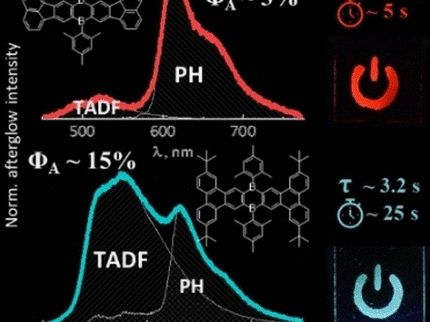Light-controlled data storage using ‘colloidal pixels’
Advertisement
Scientists in Germany have designed a grid of light responsive colloidal particles that could be used to create barcodes for cryptographic data storage.
Using a photochromic and fluorescent dyes, the researchers devised a light-triggered ‘dye switch’ to store data. Photochromic dyes are used in films to respond to UV and visible light, for example in self-dimming sunglasses. The scientists designed a photochromic/fluorescent dye pair, where the fluorescence wavelength is matched to that absorbed by the photochromic dye, so that the photochromic dye can switch the fluorescence on or off on exposure to UV or visible light.
The scientists encapsulated the photochromic/fluorescent dye pair inside polymer colloids to trap the molecules together and prolong the lifetime of the ‘on’ or ‘off’ state for several days. These functional colloids were assembled within a monolayer of larger colloids to create a grid of fluorescent ‘colloidal pixels’. By shining UV light on chosen areas of the grid, the pixels’ fluorescence can be turned off, creating dark areas on the grid. The scientists propose that a focused laser could be used to switch individual colloidal pixels off to create an intricate pattern that could be read like a bar code. The pattern would be erased as soon as it was read with visible light, providing a cheap and simple way to encrypt information.
Most read news
Organizations
Other news from the department science

Get the chemical industry in your inbox
By submitting this form you agree that LUMITOS AG will send you the newsletter(s) selected above by email. Your data will not be passed on to third parties. Your data will be stored and processed in accordance with our data protection regulations. LUMITOS may contact you by email for the purpose of advertising or market and opinion surveys. You can revoke your consent at any time without giving reasons to LUMITOS AG, Ernst-Augustin-Str. 2, 12489 Berlin, Germany or by e-mail at revoke@lumitos.com with effect for the future. In addition, each email contains a link to unsubscribe from the corresponding newsletter.
































































